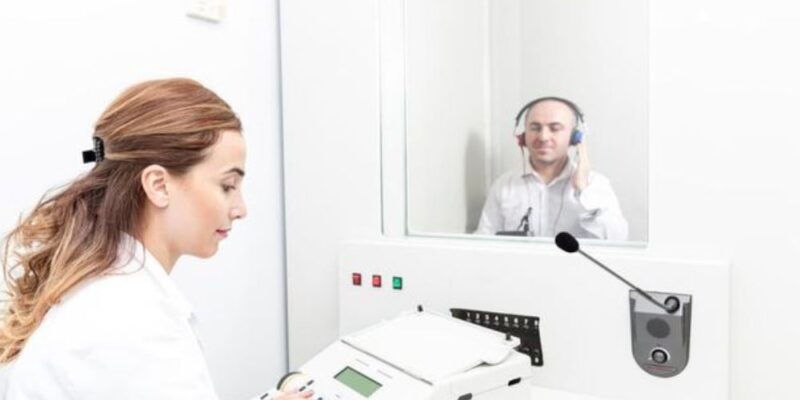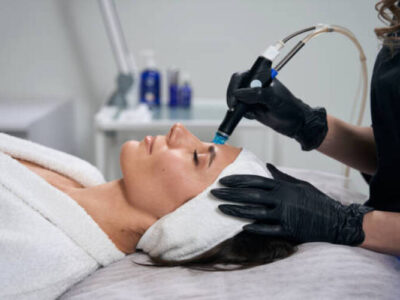
This diagnostic tool is essential for identifying hearing impairments and neurological conditions that affect auditory pathways. If you or someone you know is preparing for a BERA test for adults, understanding what to expect during the procedure can alleviate anxiety and provide clarity. In this comprehensive guide, we will walk you through the BERA test for adults, outlining the process, preparation, and what the results mean.
What is a BERA Test for Adults?
The BERA test for adults, also known as Brainstem Evoked Response Audiometry, is a specialized auditory test that evaluates the functioning of the auditory nerve and brainstem pathways. This non-invasive test measures the brain’s response to sound stimuli, providing valuable information about the integrity of the auditory system. Unlike conventional hearing tests, the BERA test assesses how sound signals travel from the ear to the brain, helping to identify issues that may not be detected through standard audiometry.
Why is the BERA Test Important for Adults?
The BERA test for adults is crucial for several reasons. Firstly, it helps diagnose hearing loss that may not be apparent through traditional hearing tests. This includes identifying central auditory processing disorders and neurological conditions affecting auditory pathways. Secondly, the BERA test can be instrumental in assessing brainstem function, especially in individuals with symptoms like tinnitus, vertigo, or unexplained hearing loss.
Preparing for the BERA Test for Adults
Proper preparation is key to ensuring accurate results during a BERA test for adults. Here’s what you need to know:
- Consultation with a Specialist: Before undergoing the test, consult with an audiologist or an otolaryngologist. They will provide detailed instructions and assess if the BERA test is appropriate for your condition.
- Avoid Stimulants: It is advisable to avoid caffeine and other stimulants before the test, as these can affect the results. Discuss any medications you are taking with your healthcare provider.
- Comfortable Attire: Wear comfortable clothing, as the test involves sitting or lying down for an extended period. Ensure that you are relaxed and free from distractions.
- Explain the Procedure: If you have any concerns or questions about the test, communicate them to the healthcare provider conducting the BERA test. Understanding the procedure can help reduce anxiety.
During the BERA Test for Adults
The BERA test is generally straightforward and involves the following steps:
- Electrode Placement: Small electrodes are placed on the scalp and earlobes. These electrodes are crucial for detecting the brain’s electrical responses to sound stimuli.
- Sound Stimulation: You will be exposed to a series of clicks or tones through headphones. These sounds are played at varying intensities and frequencies to stimulate the auditory nerve and brainstem.
- Monitoring Responses: The electrodes will pick up the brain’s electrical activity in response to the sounds. This data is then recorded and analyzed by the audiologist or specialist.
- Duration: The entire procedure typically lasts between 30 to 60 minutes. It is painless and does not require any invasive measures.
Post-Test Expectations
After the BERA test for adults, you may have the following experiences:
- Immediate Feedback: In some cases, the audiologist may provide preliminary results immediately after the test. However, a detailed analysis may take a few days.
- Comfort: You should feel normal after the test, as it is non-invasive. There are usually no side effects or recovery time needed.
- Follow-Up: Based on the results, your healthcare provider will discuss the findings and recommend further steps or treatments if necessary. They will explain how the test results relate to your hearing and neurological health.
Understanding BERA Test Results
The results of a BERA test for adults provide valuable insights into auditory pathways. Here’s how to interpret the findings:
- Normal Results: A normal BERA test indicates that the auditory nerve and brainstem pathways are functioning correctly. This suggests that hearing loss may be due to peripheral issues rather than central auditory processing.
- Abnormal Results: Abnormal results may indicate issues such as nerve damage, central auditory processing disorders, or other neurological conditions. Further diagnostic tests may be required to determine the underlying cause.
- Treatment Options: Depending on the results, your healthcare provider may recommend treatments or interventions. These could include hearing aids, therapy, or referrals to specialists for additional evaluation.
Conclusion
The BERA test for adults is a vital tool in diagnosing and understanding hearing and auditory processing issues. By knowing what to expect during the test, you can approach the procedure with confidence and clarity. Remember, the BERA test is a non-invasive and effective way to assess the functioning of your auditory system, providing essential information for appropriate treatment and management.






